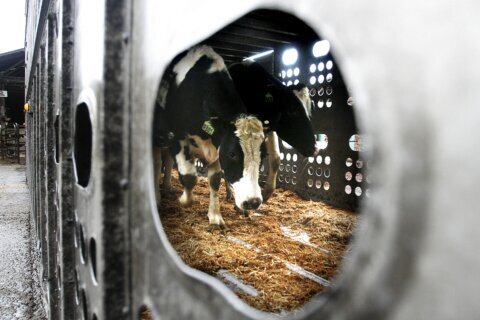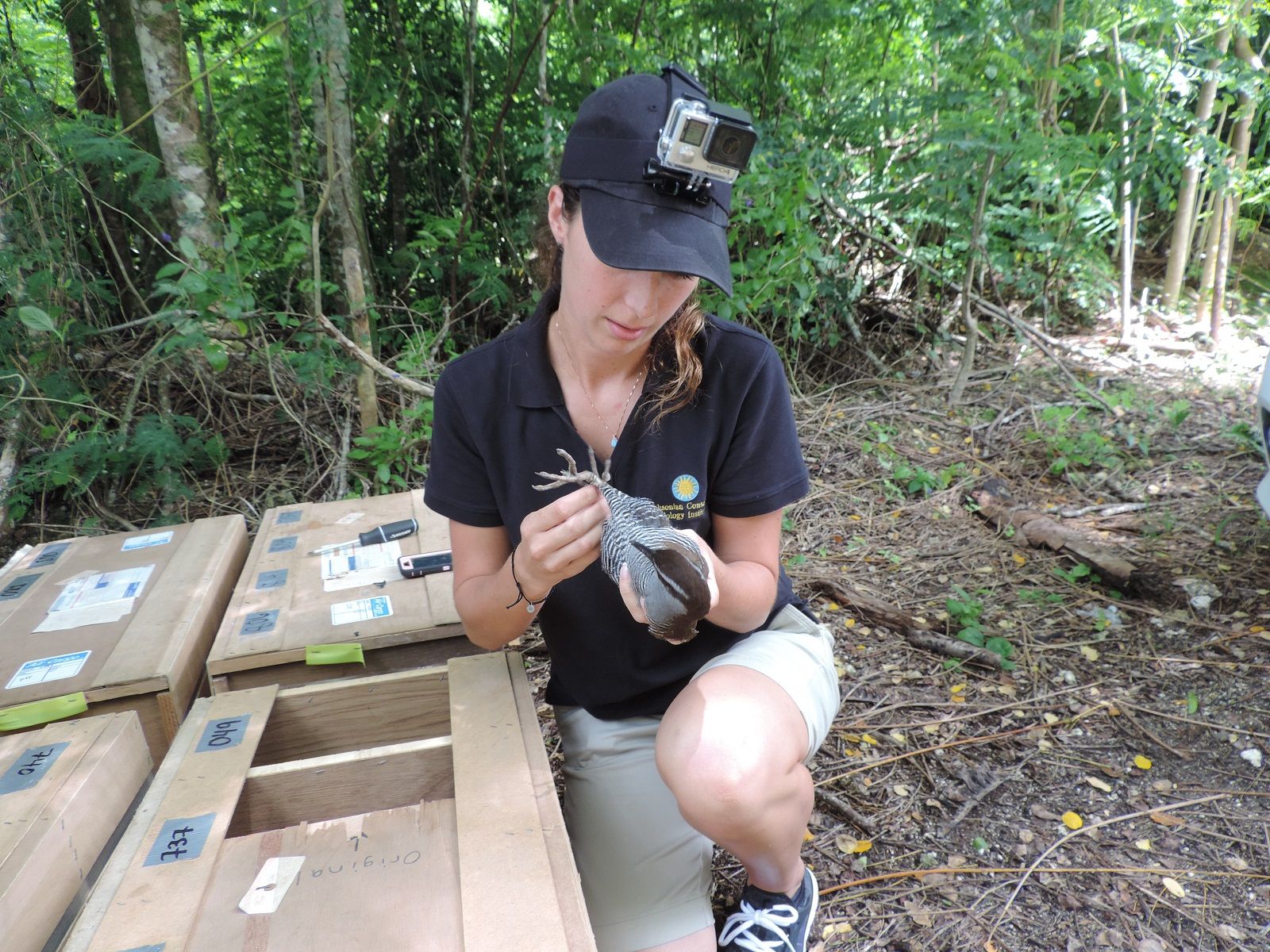
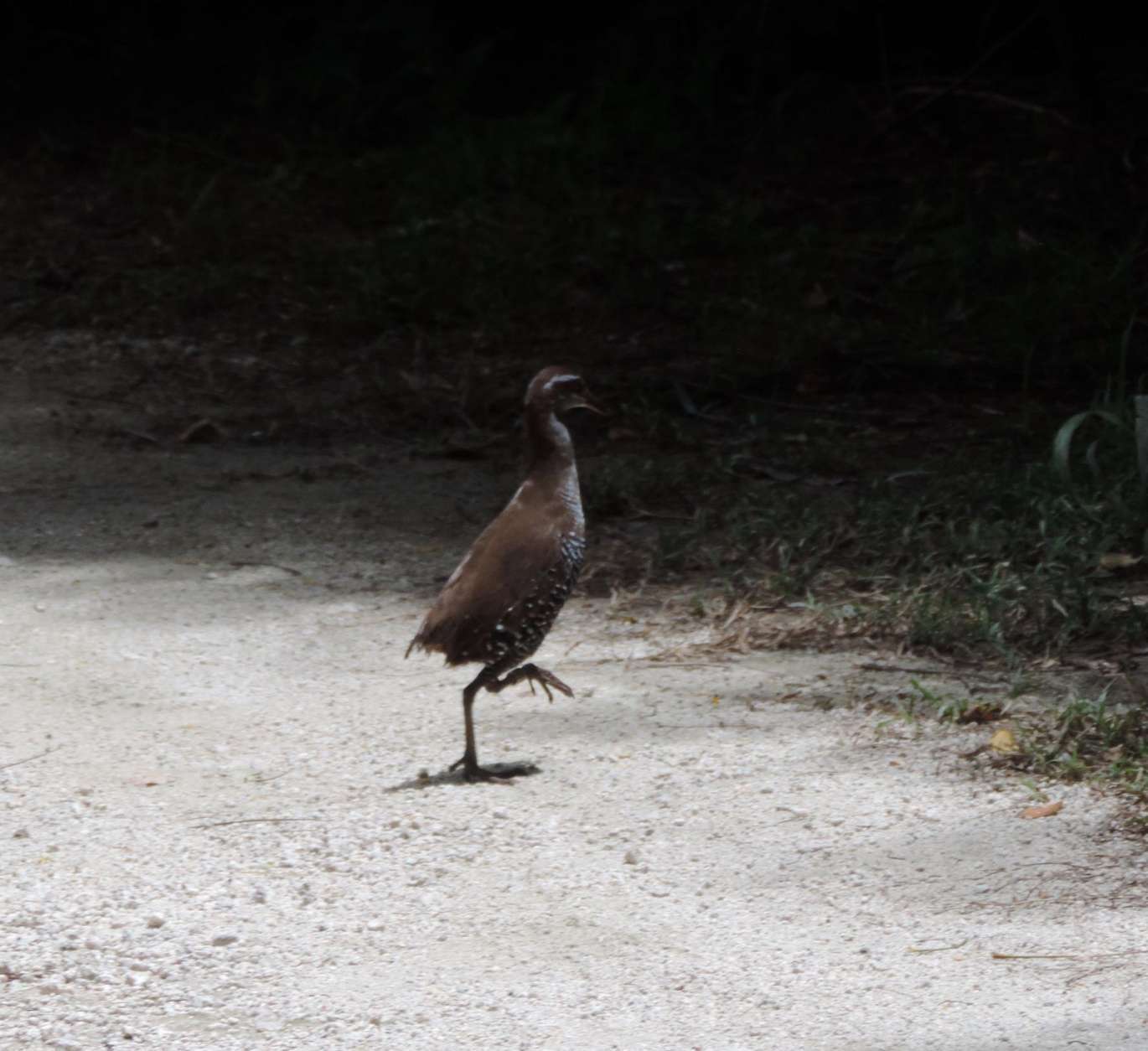
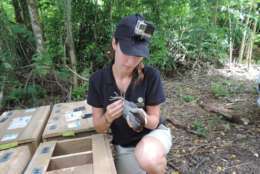
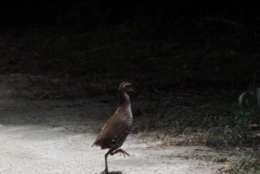
WASHINGTON — Earlier this month, two female Guam rails born at the Smithsonian Conservation Biology Institute in Front Royal were released to the wild on an island in the western Pacific Ocean.
The two ground-dwelling birds were originally repatriated to Guam in March, and were among a total of 49 birds released on the island of Rota by the Guam Department of Aquatic and Wildlife Resources, the Smithsonian announced on Thursday.
Rota lies north of Guam.
The September release of the birds brings the approximate number of Guam rails in the wild to 200, leaving 115 under human supervision, making this the first time since 1985 that the wild birds outnumber the captive ones.
Guam rails (referred to as “ko’ko” by residents of the Pacific islands) were among nine species nearly wiped out by brown tree snakes. So 21 of the birds were taken into human care as protection from extinction, according to the Smithsonian.
Though still classified as “extinct in the wild” by the International Union for Conservation of Nature, small numbers of Guam rails have been released on Rota and on Cocos Island since 1989.
Twenty-four children from a middle school in Rota participated in the release.
The fast-legged birds have narrow bodies with chocolate brown heads and a grey breast with white stripes, according to the Smithsonian.



